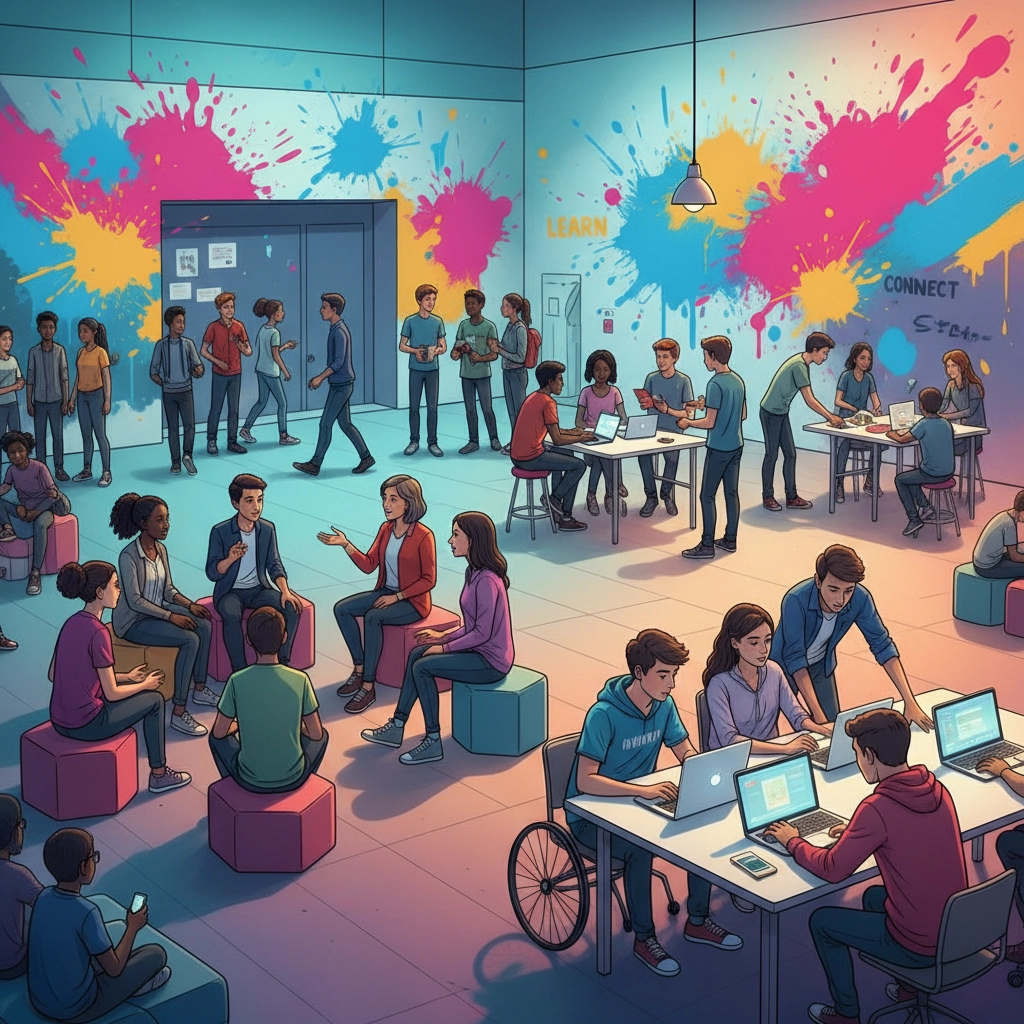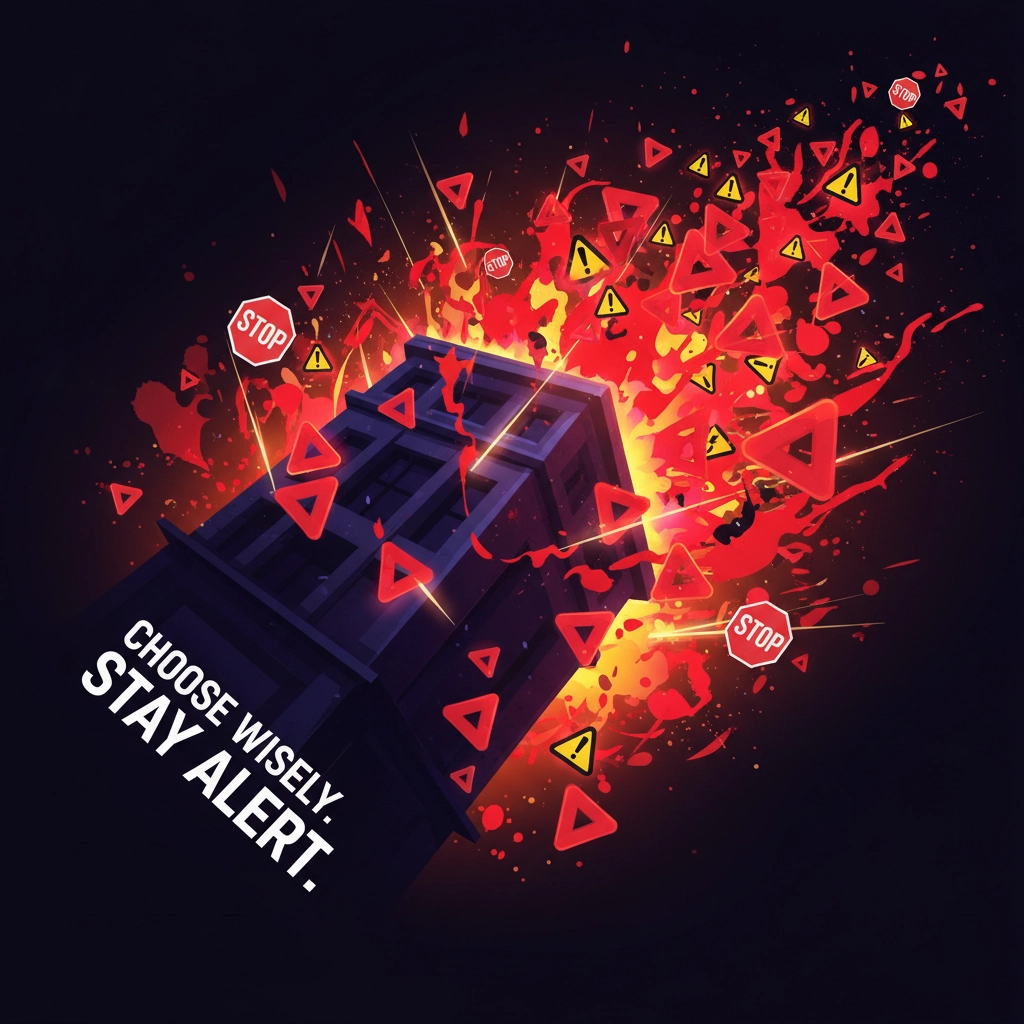How to Choose the Best Supportive Services in Chicago: Underserved Youth Programs That Actually Work
- alpeshp1
- Oct 26
- 5 min read
Finding the right supportive services for your teenager can feel overwhelming, especially when you're dealing with high-risk situations or your family has been underserved by traditional systems. As someone who's worked in Chicago's community services for years, I've seen firsthand how the right program can completely transform a young person's trajectory: and how the wrong one can waste precious time and resources your family can't afford to lose.
The truth is, not all youth programs are created equal. Some look great on paper but lack the real-world experience to handle complex situations. Others have amazing success stories but might not be the right fit for your specific circumstances. Here's what you need to know to make an informed decision that actually serves your family's needs.
What Makes a Youth Program Actually Work?
Before diving into specific programs, let's talk about the non-negotiables. Effective supportive services for underserved youth share several key characteristics that separate them from programs that simply mean well.
Trauma-informed care isn't just a buzzword: it's essential. Your teenager has likely experienced things that traditional programs aren't equipped to handle. Look for programs where staff are specifically trained to recognize and respond to trauma, not just manage behavior.
Cultural competency matters more than most people realize. Programs staffed by people who understand your community, your struggles, and your strengths will always be more effective than well-meaning outsiders trying to impose solutions that don't fit your reality.
Family involvement should be built into the program structure, not an afterthought. The most successful programs recognize that supporting your teenager means supporting your entire family system.

Measurable outcomes separate real programs from feel-good activities. Ask for specific data: graduation rates, employment outcomes, recidivism reduction, college enrollment. If they can't provide concrete numbers, that's a red flag.
Chicago's Standout Programs: What Actually Works
Let me break down some of the most effective programs I've encountered in our city, focusing on what makes them special and who they serve best.
Chicago CRED Youth Program has carved out a unique niche in violence intervention and prevention. They work with teens who meet twice weekly after school, combining life coaching, therapy, and employment support. What sets them apart is their commitment to working with entire families: they provide family therapy and housing assistance because they understand that individual change happens within family systems.
Youth Guidance operates on a massive scale, reaching about 13,000 youth annually through partnerships with over 118 Chicago schools. Their Becoming A Man (BAM) program for males in grades 6-12 and Working On Womanhood (WOW) incorporate clinical theory with real-world mentoring. With 58% African American and 31% Hispanic/Latino participants, they've proven they can work effectively with Chicago's most underserved populations.
Covenant House Illinois focuses specifically on young adults ages 18-24 experiencing homelessness or at risk of human trafficking. They offer comprehensive services including short-term shelter, case management, education and job services, plus medical and mental health care: all at no cost. If your teenager is aging out of other systems, this program provides crucial transition support.

Choose to Change (C2C) through the University of Chicago takes intensive mentoring seriously. Their advocates dedicate an average of eight hours weekly to each young person, providing wraparound support in homes and communities. The advocates come from similar backgrounds as the youth they serve, creating authentic relationships that can withstand real challenges.
Youth Outreach Services has been serving Chicago families since 1959, with over 300,000 youth and families served throughout their history. They provide child welfare, counseling, juvenile justice, and prevention programs across 30 neighborhoods, reaching approximately 2,500 youth annually. Their longevity speaks to their ability to adapt and remain relevant across generations.
Red Flags: What to Avoid
Not every program advertising youth services will actually help your teenager. Here are warning signs that should make you look elsewhere:
Programs that promise quick fixes or use language like "boot camp" mentality often lack understanding of trauma and complex family situations. Real change takes time and requires building trust.
Avoid programs that:
Can't provide specific success metrics
Don't involve families in the process
Have high staff turnover (ask about this directly)
Use punitive approaches instead of restorative ones
Seem focused more on fundraising than actual service delivery

Organizations that won't let you speak directly with current participants or their families might have something to hide. Transparent programs encourage these conversations because they're proud of their outcomes.
Making Your Decision: A Practical Framework
Start by getting clear on your specific needs. Is your teenager struggling with violence exposure? Academic challenges? Housing instability? Mental health issues? Different programs excel in different areas, and you need alignment between your challenges and their strengths.
Visit the programs in person. Don't just rely on websites or brochures. Show up, meet the staff, observe the environment, and trust your instincts. Your teenager will be spending significant time in this space: does it feel safe and welcoming?
Talk to other parents whose children have gone through the program. Ask specific questions: What did their teenager gain? What challenges did they encounter? Would they recommend the program to their own family members?

Consider the program's sustainability and your family's capacity. Some programs require intensive time commitments that might not work with your work schedule or other family responsibilities. Be honest about what you can realistically maintain over months or years.
Questions to Ask Program Staff
When you're evaluating programs, come prepared with specific questions:
What percentage of participants complete the full program?
How do you measure success, and what are your actual outcomes?
How do you handle crises or setbacks with participants?
What support do you provide to families, not just the individual youth?
How do you ensure cultural competency among your staff?
What happens if the program isn't a good fit for our family?
Don't let anyone rush you into a decision. Quality programs understand that choosing supportive services is a significant decision for families and will give you time to think things through.
The Bottom Line
Choosing effective supportive services for your teenager isn't about finding the perfect program: it's about finding the right fit for your specific situation at this moment in your family's journey. The best program is one that meets your teenager where they are, respects your family's strengths, and provides practical support that leads to measurable improvements in your daily life.
Remember that you're not just choosing services for your teenager; you're investing in your entire family's future. Take the time to do this research thoroughly because the right choice can open doors you didn't even know existed, while the wrong choice can set everyone back months or even years.
Ready to take the next step? Visit our programs page to learn more about True Believers Community Connections and how we might fit into your family's support network. We're here to help you navigate these important decisions with the respect and understanding your family deserves.



Comments